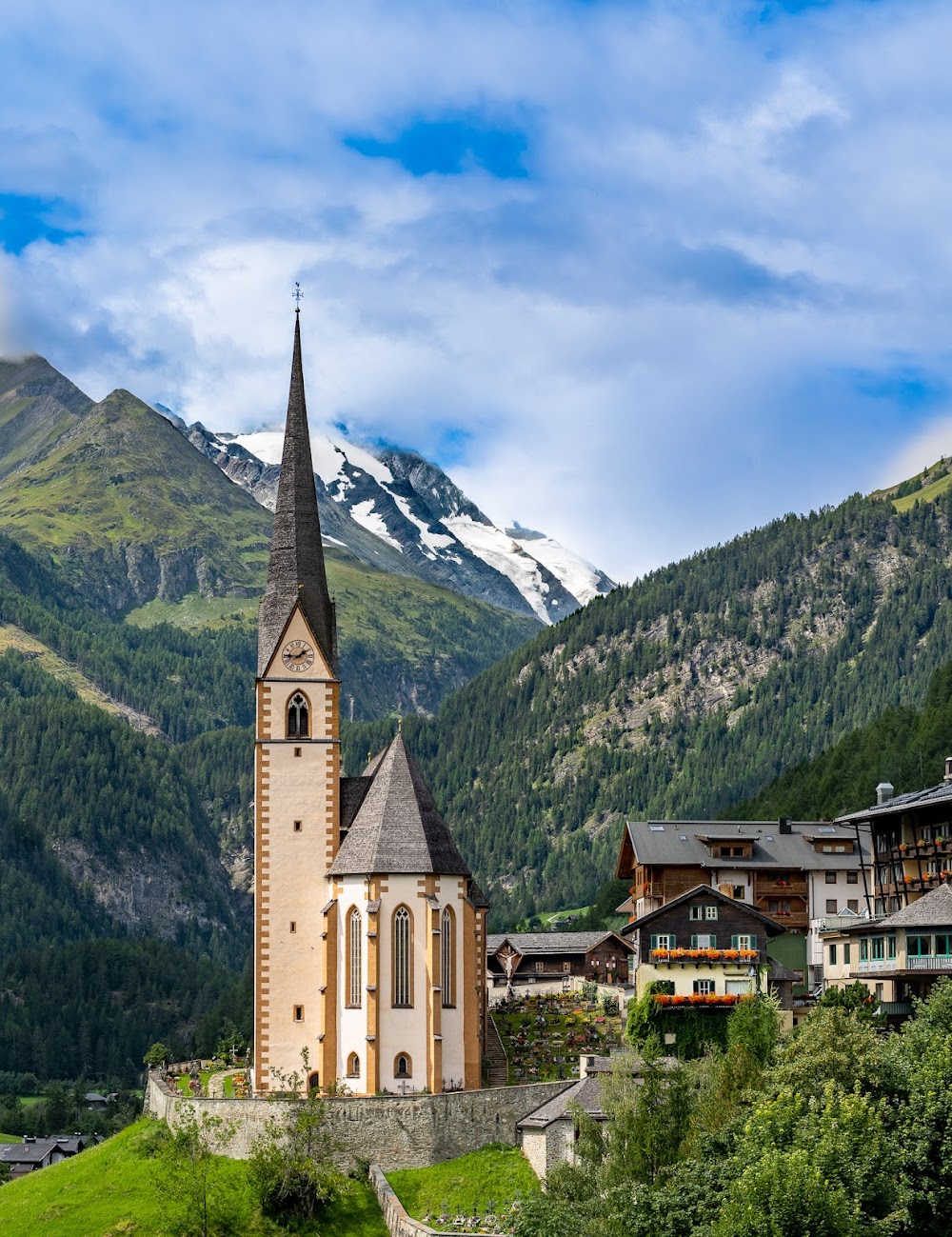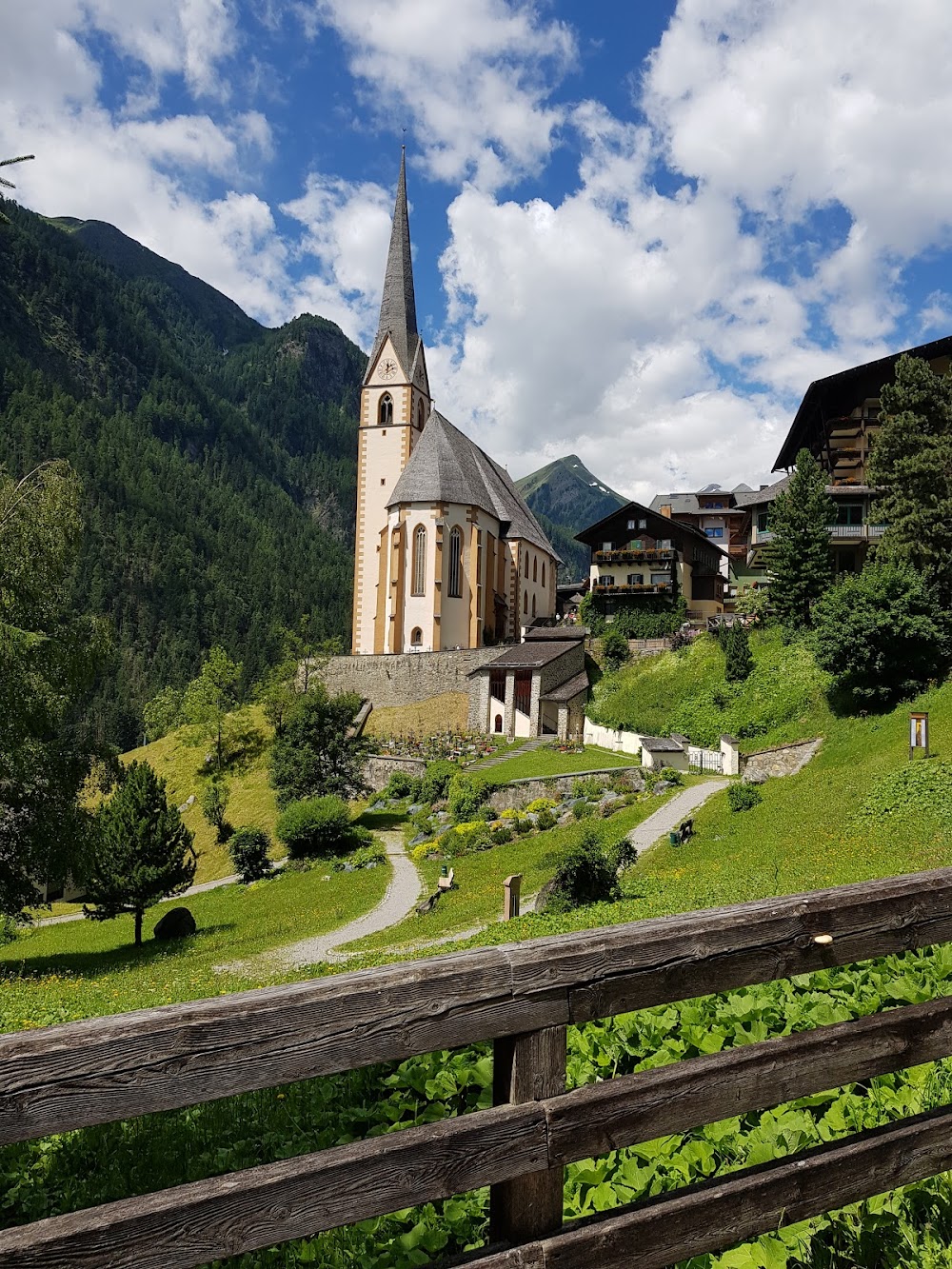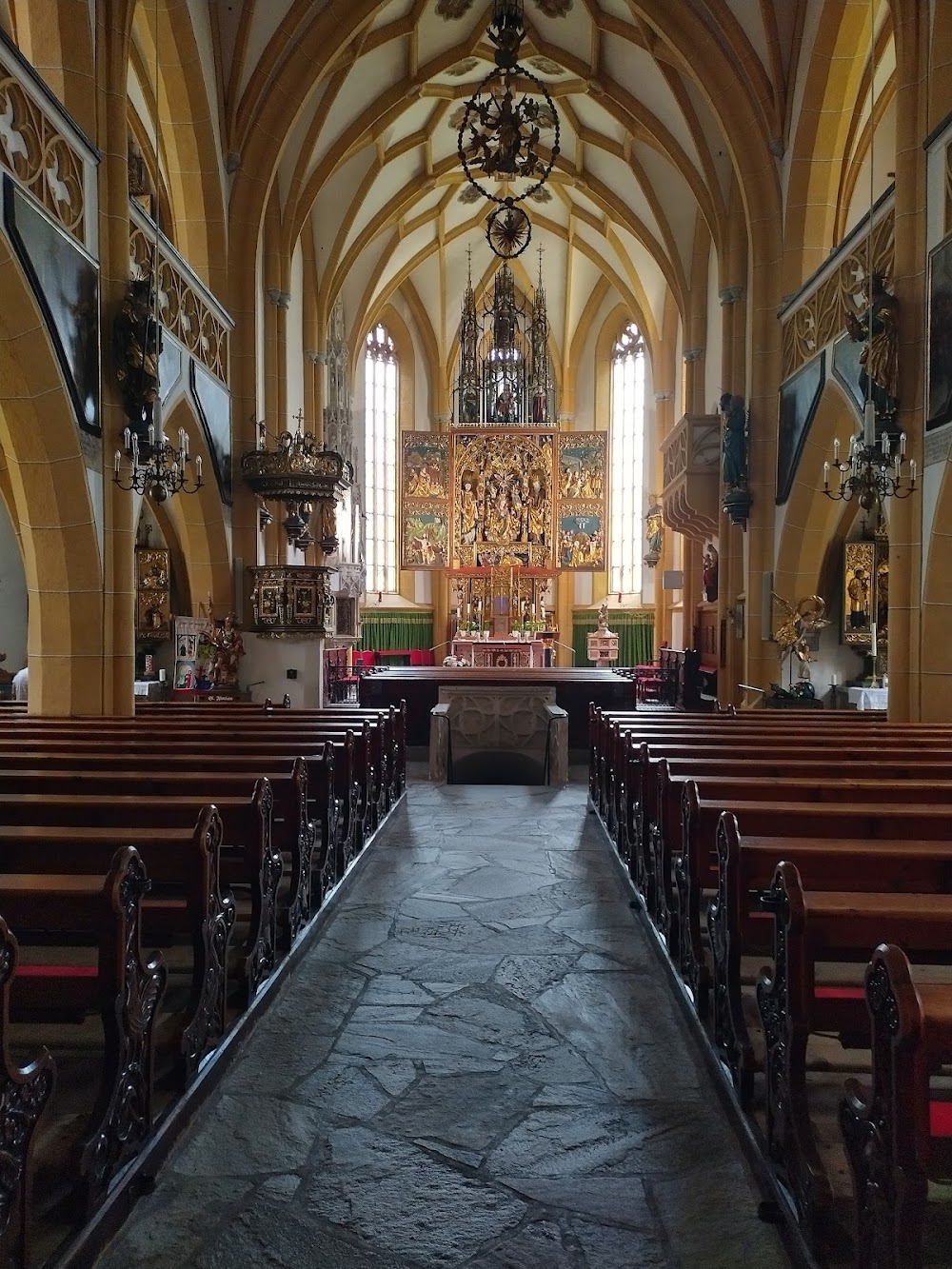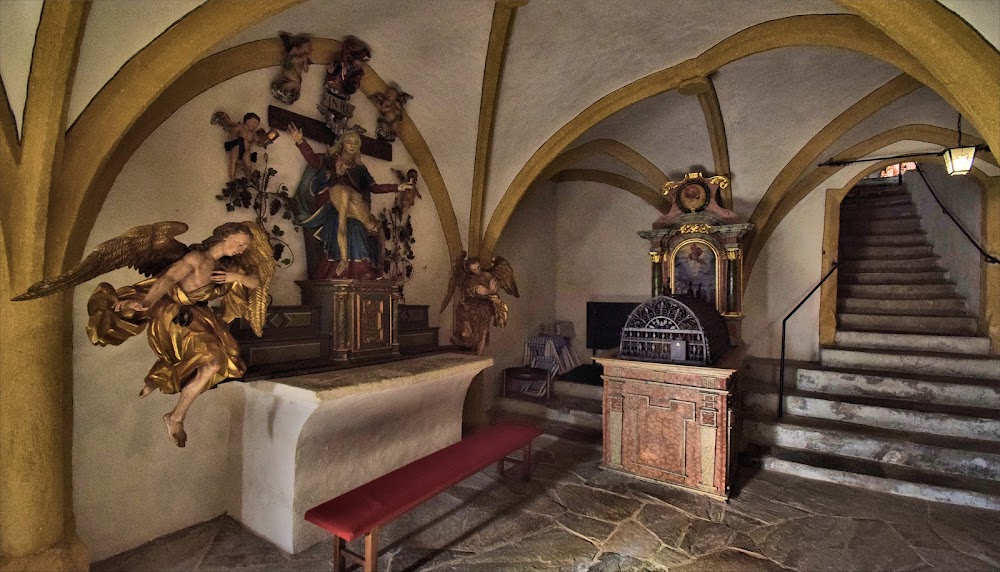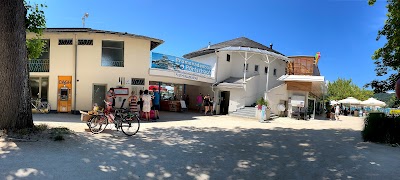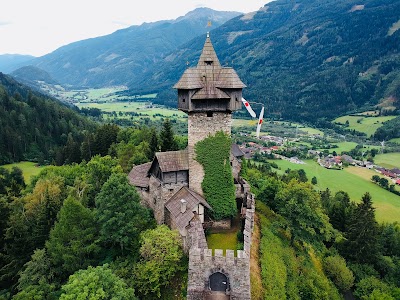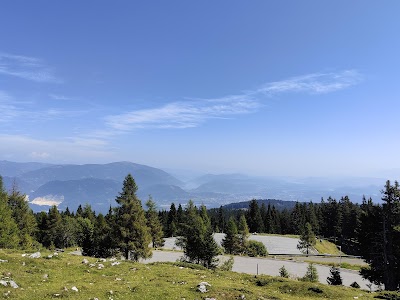Heiligenblut Church (Pfarrkirche Heiligenblut)
Overview
Discovering Pfarrkirche Heiligenblut
Pfarrkirche Heiligenblut, also known as the Church of St. Vincent, is a charming and historic church nestled in the picturesque village of Heiligenblut, located in the breathtaking Carinthia region of Austria. Renowned for its stunning Gothic architecture, this church is set against the majestic backdrop of the Hohe Tauern National Park, near the towering Grossglockner, Austria’s highest mountain.
A Glimpse into History
The origins of Heiligenblut Church date back to the 13th century, when the first chapel was erected on this sacred site. Legend has it that the church houses a vial of the holy blood of Christ, which was brought to Heiligenblut by the Danish knight Briccius. This significant relic inspired the village’s name, "Heiligenblut," translating to "Holy Blood."
Architectural Masterpiece
The current Gothic-style structure began construction in 1460 and was completed in the early 16th century, around 1491. The building process was a communal effort, with local stonemasons, craftsmen, and artisans contributing their skills. Constructed from local stone, the church boasts a robust and timeless appearance that harmonizes beautifully with its surroundings.
One of the church's most iconic features is its tall, slender spire, which elegantly rises against the backdrop of the Grossglockner. This spire, along with the church's pointed-arch windows and intricate wooden carvings, exemplifies the Gothic architectural style that flourished in medieval Europe.
Inside the Church: A Treasure Trove of Artistry
Upon entering, visitors are welcomed by a meticulously preserved interior that showcases a stunning ribbed vault ceiling and richly adorned altars. The high altar, dating back to the late 15th century, is a highlight, featuring exquisite Gothic artistry with elaborate woodwork, statues, and gold leaf. At its center lies a beautiful depiction of the Madonna and Child, surrounded by other revered saints.
The church also features impressive stained glass windows from the same period, depicting various biblical scenes and saints. When sunlight filters through these windows, it casts vibrant colors across the stone interior, creating a truly enchanting atmosphere. Additionally, the intricately carved stone pulpit narrates scenes from the Bible, further enhancing the church's artistic allure.
Preservation and Community Significance
Throughout the centuries, Heiligenblut Church has undergone various restorations to preserve its architectural and historical significance. Despite these efforts, it has retained its original Gothic character and continues to be a vital part of the local community.
Situated at the foot of the Grossglockner, the church attracts both pilgrims and tourists, offering a serene environment that encourages reflection and admiration of its spiritual and aesthetic beauty.
In addition to being a house of worship, Heiligenblut Church serves as a cultural landmark, hosting various religious ceremonies, concerts, and community events throughout the year. Its rich history and architectural splendor make it an enduring symbol of faith and heritage in the Carinthia region.
A Lasting Legacy
Pfarrkirche Heiligenblut stands as a testament to the skill and devotion of the craftsmen who built it, continuing to inspire awe and reverence in all who visit. Whether you are seeking spiritual solace or simply wishing to admire its beauty, this church promises an unforgettable experience.


